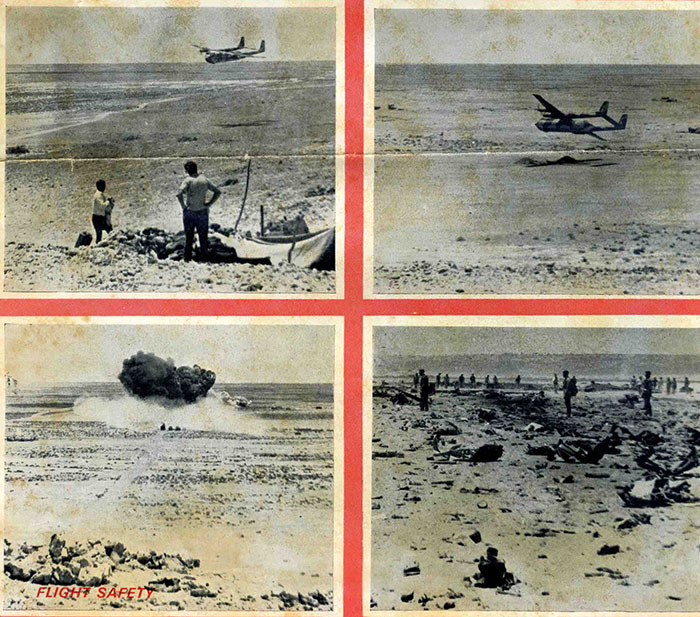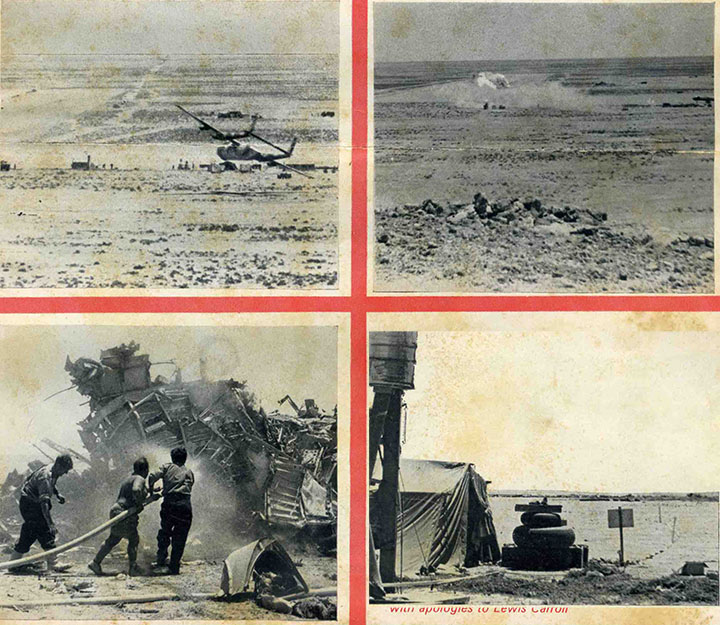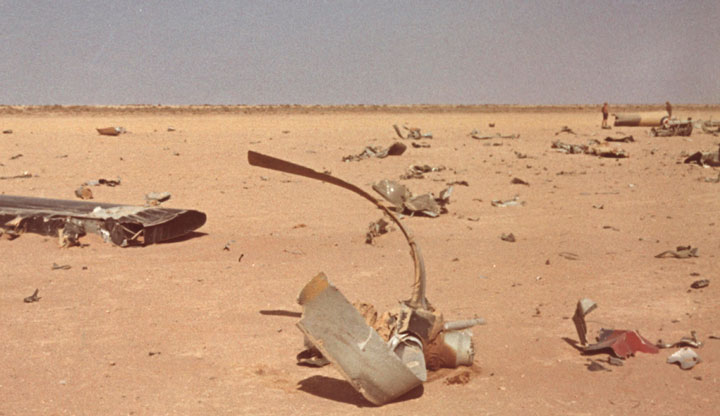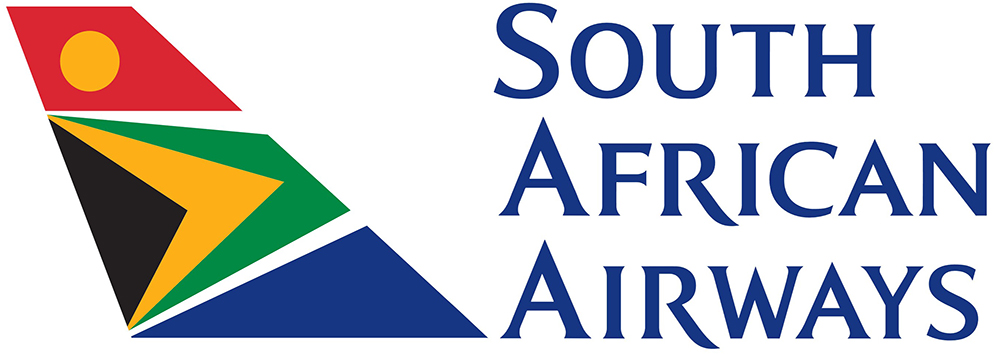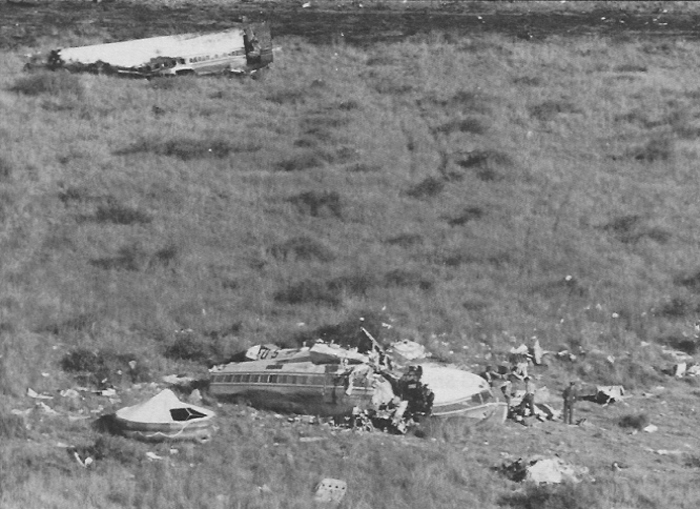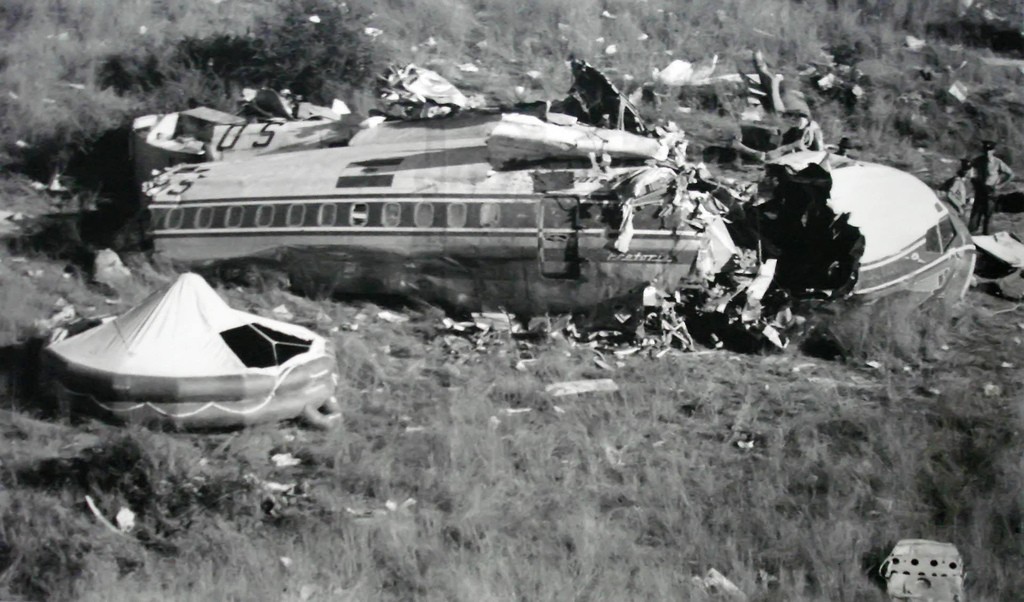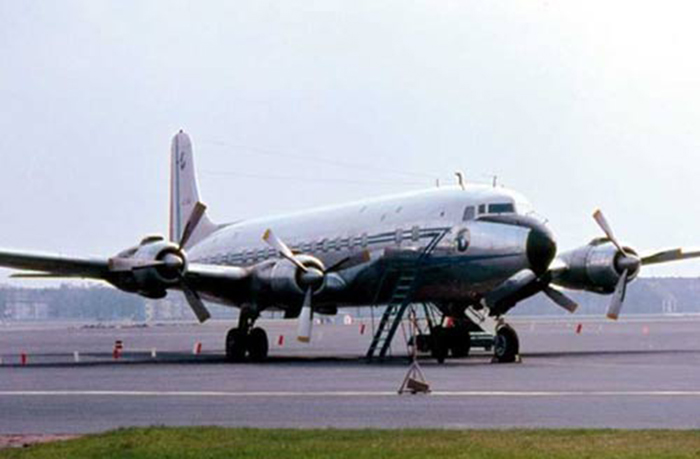Crash of an Armstrong Whitworth AW.650 Argosy C.1 in Got El Afrag: 11 killed
Date & Time:
May 7, 1968
Registration:
XR133
Survivors:
No
Schedule:
Al Adam - Got El Afrag
MSN:
6788
YOM:
1963
Crew on board:
4
Crew fatalities:
Pax on board:
7
Pax fatalities:
Other fatalities:
Total fatalities:
11
Circumstances:
While approaching Got El Afrag Airstrip, the crew request the permission to complete a low pass to confirm if the landing gear were down. At low height, the pilot made a turn to the right when the right wing struck the ground, causing the aircraft to crash and burn. All 11 occupants were killed.
Probable cause:
The pilot misjudged the distance with the ground.
